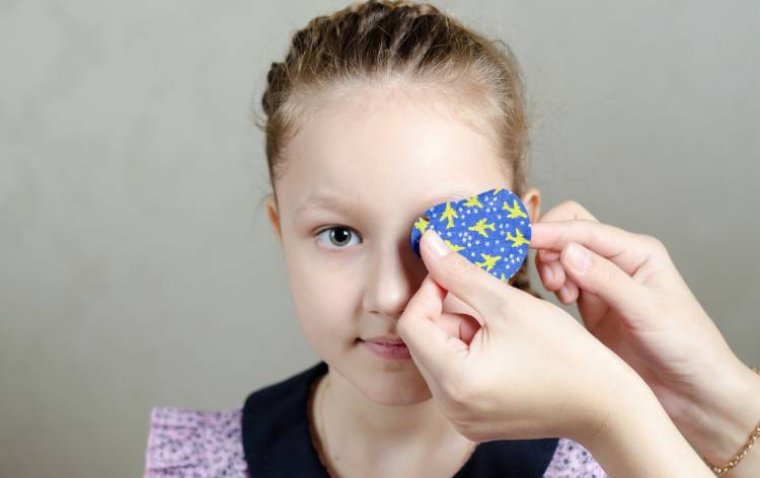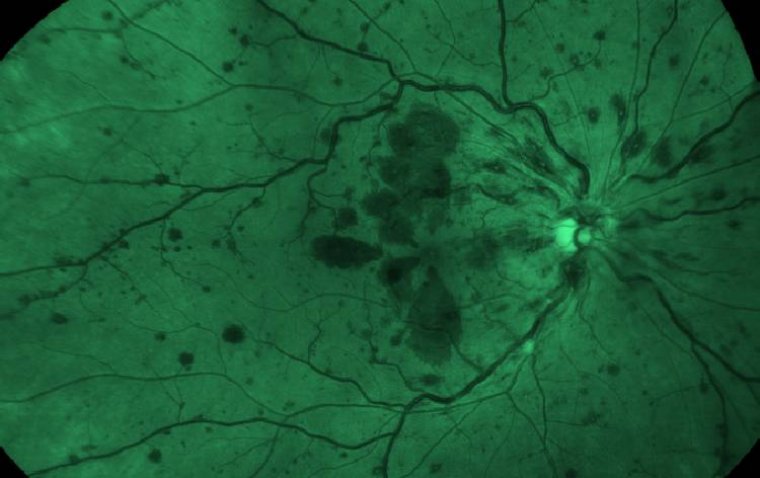
Study Finds Post-Pandemic Rise in Prevalence and Severity of Pediatric Astigmatism
New research published in JAMA Ophthalmology reveals a significant increase in both the prevalence and severity of refractive and corneal astigmatism among school-aged children following the COVID-19 pandemic.
Population-Based Study Conducted in Hong Kong
The study, conducted by Ka Wai Kam and colleagues from The Chinese University of Hong Kong, analyzed data collected between 2015 and 2023 from a total of 21,655 schoolchildren aged 6 to 8 years. Comprehensive ocular examinations were performed at two academic medical centers in Hong Kong, providing a robust population-based cross-sectional analysis.
Significant Increases in Astigmatism Post-Pandemic
The researchers found a notable rise in both refractive astigmatism and corneal astigmatism over the years:
• In 2015, the prevalence of:
• Refractive astigmatism ≥1.0 diopter (D) was 21.4%
• Corneal astigmatism ≥1.0 D was 59.8%
• By 2022–2023, these rates had risen to:
• 34.7% for refractive astigmatism
• 64.7% for corneal astigmatism
Compared to the pre-pandemic period (2015–2019), the risk increased by 20% and 26%, respectively, during the post-pandemic period, with odds ratios of 1.20 and 1.26. Additionally, there were corresponding increases in the magnitude of astigmatism:
• +0.04 D in refractive astigmatism
• +0.05 D in corneal astigmatism
These findings remained significant after adjusting for sociodemographic variables, parental astigmatism, and childhood myopia.
Implications for Pediatric Eye Health
The authors emphasize the importance of understanding how environmental and lifestyle changes during the pandemic may have contributed to these outcomes:
“Given the high prevalence of astigmatism, the potential impact of higher degrees of astigmatism may warrant dedicated efforts to elucidate the relationship between environmental and/or lifestyle factors, as well as the pathophysiology of astigmatism, in order to preserve children's eyesight and quality of life.”
References:
Ka Wai Kam et al, Prevalence and Severity of Astigmatism in Children After COVID-19, JAMA Ophthalmology (2025). DOI: 10.1001/jamaophthalmol.2025.0205
Jonathan R. Morse et al, Importance of Population-Based Studies in Childhood Eye Disease—Seeing the Bigger Picture, JAMA Ophthalmology (2025). DOI: 10.1001/jamaophthalmol.2025.0251
(1).jpg)










